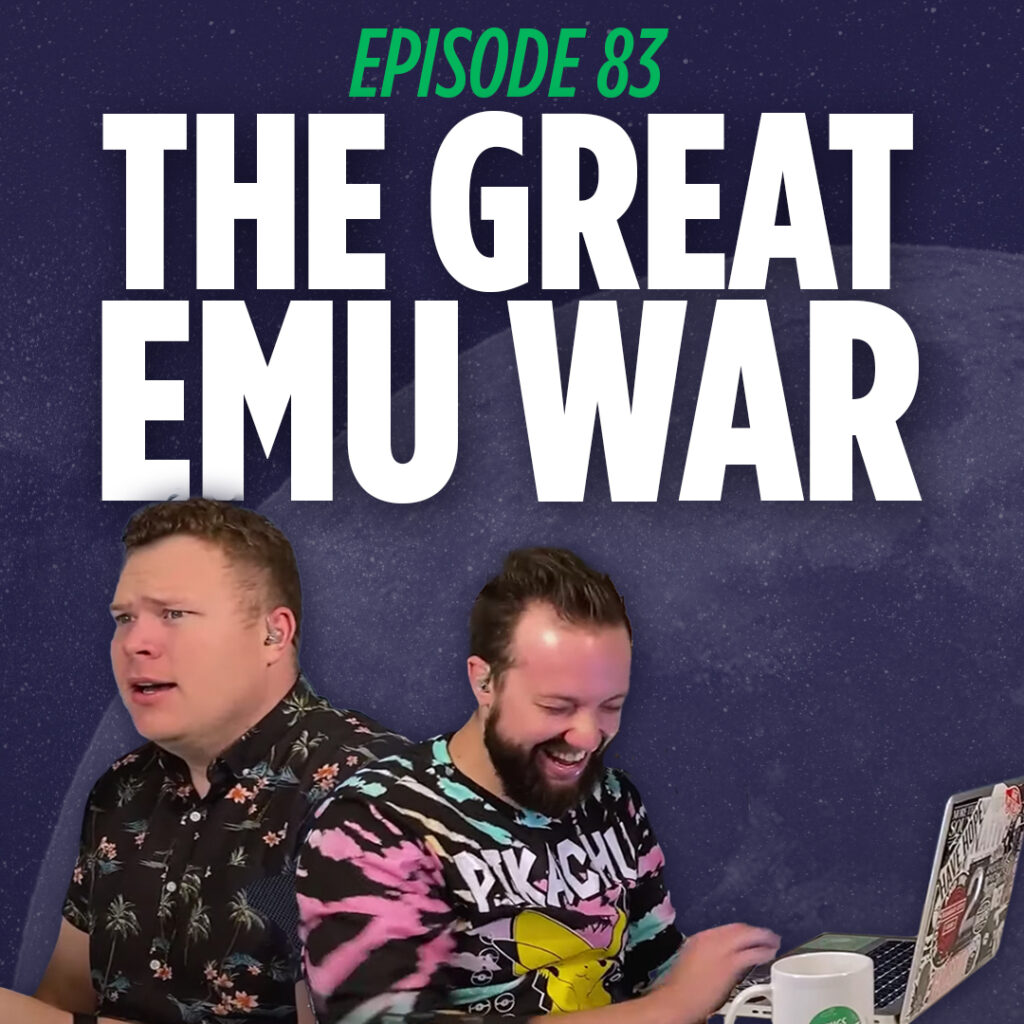Every nation in the world has had its fair share of embarrassing moments. But only one has lost a war to flightless birds. In 1932, the Australian military sent a small group of soldiers to the outback to rid the area of emus who were destroying local crops. The Australian government didn’t expect the decision to lead to The Great Emu War. However, these emus were ready for the battle and exhibited unified tactics and resilience, unlike anything the Australian forces had ever seen. This is the story of a war that Australia wishes it could stamp out from history. This is the great emu war.
The Precurssor to the Great Emu War
With a name like the Great Emu War, you know this will be a wild story. In the aftermath of World War 1, the Australian government wanted to send a thank you to the soldiers who fought for the security of the land down under. So they decided to award every soldier with farmland in the Campion district in western Australia.
Things started great for the veterans turned farmers. But, unfortunately, the sunshine and provision did not last long. Rabbits started destroying the fields of the farmers, which prompted the longest fence in the world. The rabbit-proof fence stretches the entire length of the continent, a full 2,023 miles. But the problems did not stop there. Shortly after, a massive herd of emus began ravaging the crops. The farmers turned to the government for assistance. Little did these veterans know they were standing on the edge of the great emu war.
The Dawn of the Great Emu War
The Australian government received word of the emu problem in the outback and convened to propose solutions. Reluctantly the leadership of the nation agreed to the proposal from the ex-soldiers. Accordingly, Sir George Pearce, the Australian minister of defense, shipped a group of Australian soldiers to the Campion district in October 1932. Armed with two Lewis Machine guns and 10,000 rounds of ammunition, the military hoped to make quick work of the local pests. The emus, on the other hand, had other plans.
A Series of Skirmishes
The Australian soldiers set out through the outback in search of the emus. On November 2nd, they came upon a herd of about 50 emus. The soldiers attempted to herd them together into a tight group to make for an easier target. However, the emus would not give in to the military’s tactics and instead, split into smaller groups and ran in opposite directions. Thus, even though some emus were hit in the conflict, none were killed. After these events, the Australian Major Meredith remarked, “if we had a military division with the bullet-carrying capacity of these birds, it would face any army in the world.”
Battle after battle with the birds came to the same result. Few emus were injured, and even fewer were killed in the conflict. However, even though no Australian soldiers were injured in the battles, the Australian government began to wonder if they were on the winning side of The Great Emu War.
Photo courtesy of Wikipedia
Australian Military Pulls Out of the War
The Australian house of representatives gathered to discuss the operation on November 8th, just six days after the beginning of the conflict. The response was mixed, but Sir George Pearce received stark criticism for the battle results thus far. After much discussion, the group decided to pull Australian forces out of The Great Emu War.
The Second Wave
The house’s decision to pull out of the war did not last. The Emus seemed to become even more organized and intent on destroying the crops in the absence of the military. Finally, after much deliberation on the part of the farmer, the military agreed to return to the frontlines of the great emu war and put an end to the destruction. As a result, during the second campaign, the Australian forces saw a much greater degree of success.
Conclusion
Australian forces spent, all in all, nearly 10,000 rounds, and almost 1,000 emus lost their lives in The Great Emu War. But, since the clever birds caused such extreme difficulty for the soldiers, the military pulled out the conflict a second time. After the exit of the Australian forces, the government issued a bounty program for the emus. This program was far more successful than the initial military campaign. After just 6-months, the government had paid out for over 57,000 bounties. Since the end of The Great Emu War, foreigners and Australians alike have proposed that the Australians lost the war.
Things I Learned Last Night is an educational comedy podcast where best friends Jaron Myers and Tim Stone talk about random topics and have fun all along the way. If you like learning, and laughing a whole lot while you do, then you’ll love TILLN. Watch or listen to this episode right now!
Sources
Related Episodes
Tell Us What You Think of This Content!
Don’t forget to share with your friends!

